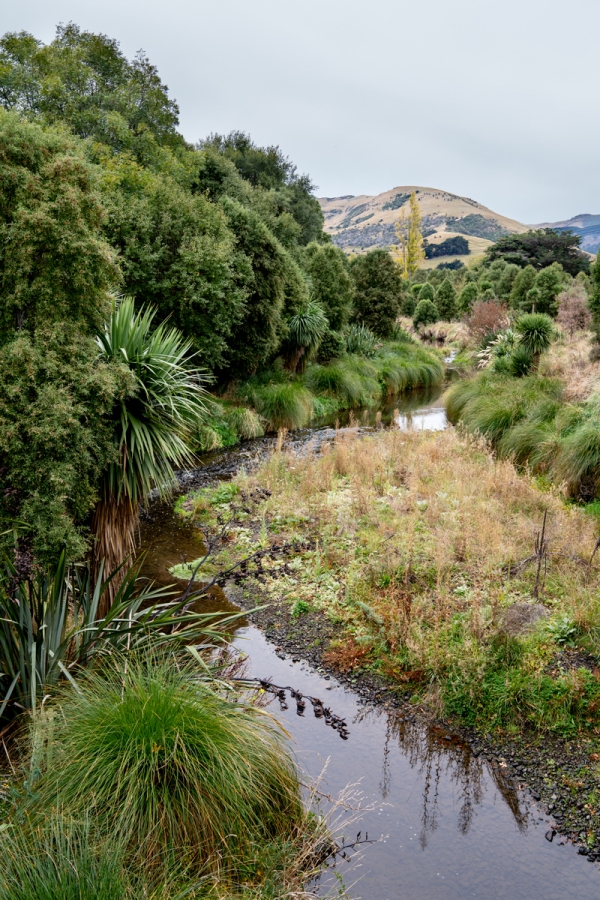Nutrients, sediment, and microbial contaminants are mobilized from urban and agricultural landscapes and enter streams, rivers, lakes and estuaries.
These contaminants can degrade water quality, ecological health, and cultural values.
Scientists in NIWA’s Mitigation Systems Programme aim to provide effective tools to enable landowners to manage contaminant losses and reduce the impacts of land use on aquatic environments.
The Programme is leading the development, testing, and design of several effective mitigation systems, and assisting with their implementation and ongoing performance assessment.
Programme researchers recently released NIWA’s Riparian Buffer Design Guide which complements the Effective Mitigation Systems video and case study released earlier this year.
This Riparian Buffer Design Guide discusses design principles and provides high-level information about the likely performance of riparian buffers.
A riparian buffer is an area planted with native grasses, shrubs and trees. It separates agricultural activity from a waterway to remove contaminants through a combination of physical and biological processes.
Many livestock farms have invested in riparian buffers, typically a combination of livestock exclusion fencing and planting.
The information in the guide is based on NIWA’s “Preliminary riparian buffer guidelines. Filtering surface runoff and nitrate removal from subsurface flow” (McKergow et al. 2020b), which was developed following a review of New Zealand and international performance data (McKergow et al. 2020a).
The Riparian Buffer Design Guide shows how riparian buffers may be used to reduce the inputs of suspended sediment (SS), nitrogen (N) and phosphorus (P) from agricultural lands to surface and groundwater (principally on dairy farms) under pasture, and during pasture renewal and cropping.
It does not address the use of plantings to reduce stream bank or channel erosion, and is not applicable to situations where runoff from irrigated pasture, feed pads or areas subject to farm dairy effluent application occurs.
The information supplied will assist farmers, farm advisors, rural contractors, and regional council staff to appropriately size, design, construct and maintain effective riparian buffer zones designed to deliver positive water quality outcomes.


